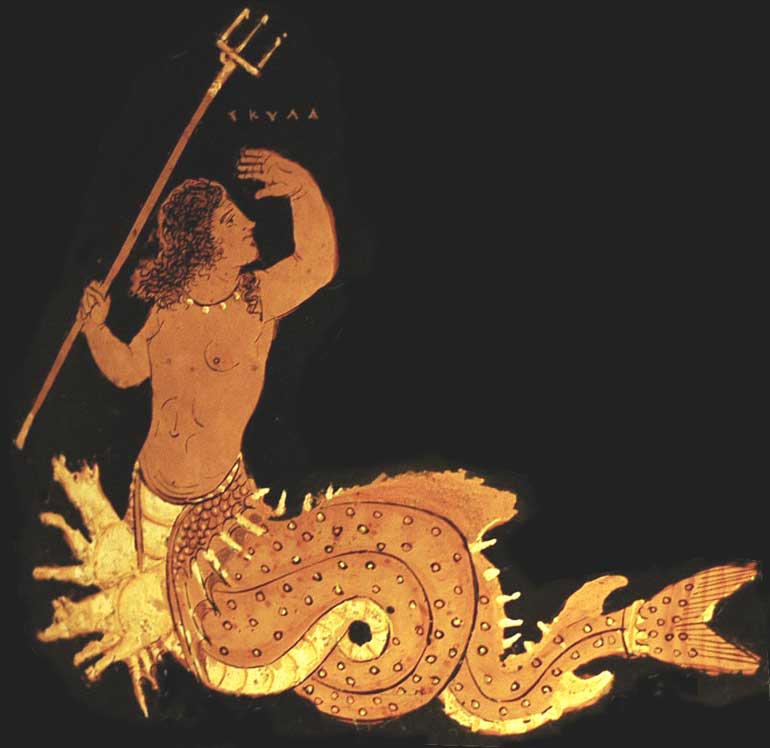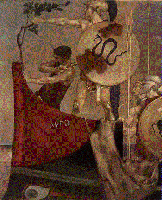
Egyptians believed that the sun ran its living course during the day, died at sunset, and during the night sailed through the treacherous waters of the underworld accompanied by his sargeants and generals. At the end of this journey they meet Apep who threatens to devour Amun as Jörmungandr threatens to devour the world tree in Ragnarok. The battle is joined, Apep is destroyed, even as Apollo destroys Python, and the sun god rises again to glorious newbirth or resurrection with the sunrise.
Watching again the Natural I'm seeing just that. It is an underdog story about a man, Roy Hobbs, who has suffered a crippling defeat that takes him away from his dream of baseball. Yet he returns to the game and triumphs over the forces of darkness that threaten to consume him. I don't think that Redford consciously meant to mimic the Amun-Ra story, but the use of colors, shadows, name imagery, all indicate a retelling of that sun story. When Roy blasts the lights into fireworks and they fall past the window of the defeated judge we see again the triumph over those forces that seek to assert the inevitable and hopeless success of greed, power, and mediocrity over glory and nobility. Even the last scene that shifts from darkness to light and Roy playing ball in the field of wheat with his son while Iris stands watching with the blue sky behind her, is itself a resurrection scene - a sign that hope exists and we can triumph over our own darkness and demons.
 Therefore, since we are surrounded by such a great cloud of witnesses, let us throw off everything that hinders and the sin that so easily entangles, and let us run with perseverance the race marked out for us.
Therefore, since we are surrounded by such a great cloud of witnesses, let us throw off everything that hinders and the sin that so easily entangles, and let us run with perseverance the race marked out for us.- Hebrews 12:1





